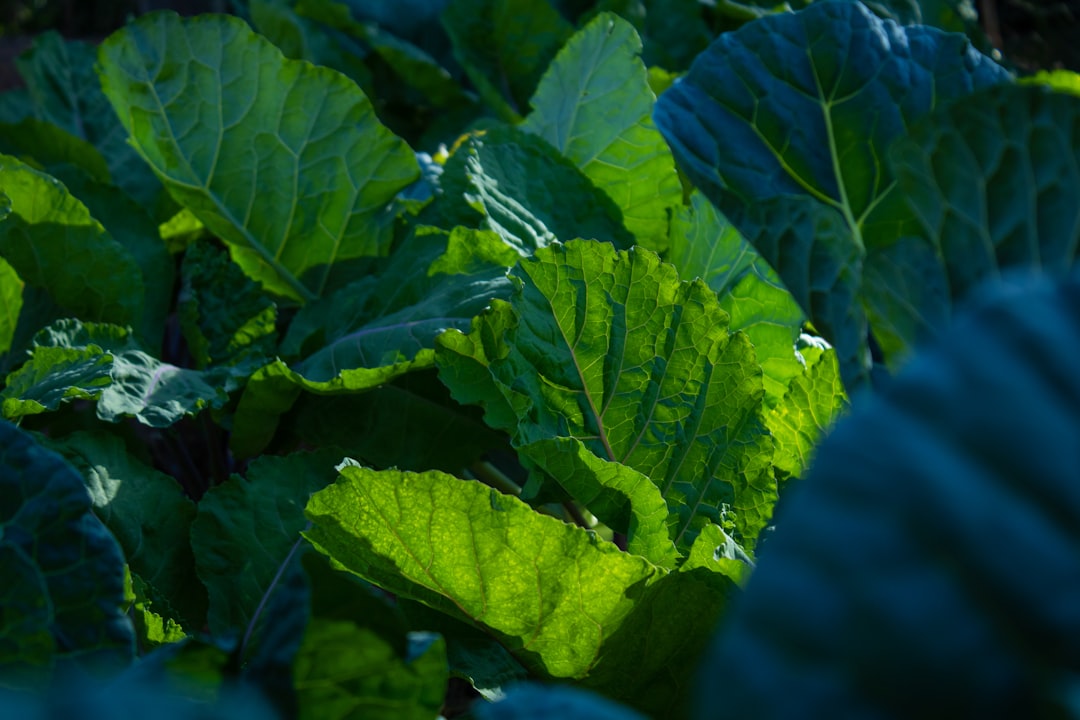Deciphering the Differences: Thanksgiving Cactus vs. Christmas Cactus

Houseplants have long been a source of joy and tranquility in our homes, adding a touch of nature and beauty to our living spaces. Among the many popular houseplants, the Thanksgiving cactus and the Christmas cactus stand out as seasonal favorites, brightening up our homes during the holiday season with their vibrant blooms. However, these two cacti are often confused with each other due to their similar appearance. In this article, we will explore the key differences between the Thanksgiving cactus and the Christmas cactus, helping you to tell them apart and care for them properly.
Appearance
One of the most noticeable differences between the Thanksgiving cactus (Schlumbergera truncata) and the Christmas cactus (Schlumbergera bridgesii) lies in the shape of their stem segments. The stem segments of the Thanksgiving cactus have pointed, claw - like projections on the edges. These projections are quite distinct and give the plant a more jagged appearance. In contrast, the stem segments of the Christmas cactus have more rounded and smooth edges. The overall shape of the Christmas cactus is more elegant and less spiky compared to its Thanksgiving counterpart.
Another aspect of appearance is the way the flowers are borne. The Thanksgiving cactus typically has flowers that emerge at a more horizontal angle from the stem segments. The flowers are often more tubular in shape and can come in a variety of colors including red, pink, white, and purple. The Christmas cactus, on the other hand, has flowers that tend to hang downwards. Their flowers are also tubular but may have a slightly different form, with broader petals in some cases.
Blooming Time
As their names suggest, the blooming time is a significant factor in distinguishing between the two cacti. The Thanksgiving cactus usually starts to bloom around late November, hence its name. It is triggered by the shorter days and cooler temperatures in the fall. If you notice your cactus starting to form buds in late autumn, there's a high chance it's a Thanksgiving cactus.
The Christmas cactus, as the name implies, typically blooms around Christmas time, usually in late December. It also requires a period of short days and cool temperatures to initiate blooming. However, the exact blooming time can vary depending on the growing conditions and the specific cultivar.
Care Requirements
Although both cacti have similar care requirements, there are some subtle differences. Both the Thanksgiving and Christmas cacti prefer bright, indirect light. Direct sunlight can scorch their leaves, so it's best to place them near a window with a sheer curtain or in a well - lit room away from direct sunbeams.
When it comes to watering, these cacti like to be kept evenly moist but not waterlogged. Overwatering can lead to root rot, which is a common problem with these plants. During the growing season (spring and summer), water them when the top inch of the soil feels dry. In the fall and winter, reduce watering slightly, especially when the plants are in bloom.
Fertilization is also important for the health of these cacti. Use a balanced, water - soluble fertilizer during the growing season, following the instructions on the package. However, stop fertilizing in the fall to allow the plants to enter a rest period before blooming.
Propagation
Both the Thanksgiving cactus and the Christmas cactus can be easily propagated. To propagate, simply take a stem cutting that consists of a few stem segments. Let the cutting dry for a day or two to allow the cut end to callus over. Then, plant the cutting in a well - draining potting mix. Keep the soil slightly moist and place the cutting in a warm, bright location. Roots should start to develop within a few weeks, and you'll soon have a new plant.
In conclusion, while the Thanksgiving cactus and the Christmas cactus may look similar at first glance, there are clear differences in their appearance, blooming time, and to some extent, care requirements. By understanding these differences, you can not only tell them apart but also provide the best care for these beautiful houseplants, ensuring that they thrive and bring color to your home during the holiday season for years to come.